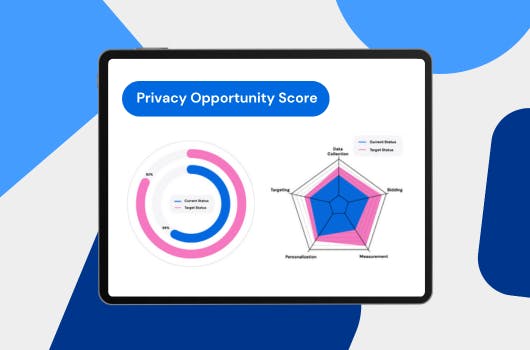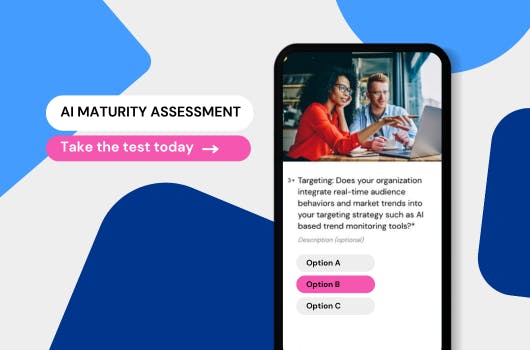COVID-19; infectious disease, global pandemic, and driver of digital transformation?
Despite its devastating impact, COVID-19 may have done more to shape, speed up and lead digital transformation than any CEO or Technology team could.
In the first half of 2020, a fifth of large enterprises around the world increased their spend on strategic initiatives, such as digital transformation, according to a survey by Econsultancy. And nearly half (47%) said they’d seen product or service innovations at their organizations as a result of the outbreak.
Amid the chaos caused by the virus, it appears some businesses have successfully pivoted to meet the changing needs and behaviors of their consumers – at a rate and scale that they probably wouldn’t have otherwise achieved.
So as we take stock and our attention turns to the future – a new post-COVID-19 world – what do organizations need to do to ensure the pandemic’s legacy for their business is long-lasting and effective digital transformation?
In this series of articles, we will explore how organizations are transforming the way they work with the help of digital partners.
The end of one-way relationships
Whether it’s between business, people or technology, a key learning we can take from the way COVID-19 has impacted brands is that the time of one-way relationships is over. Instead, businesses need to work on creating dialogue, partnerships and connections if they’re going to thrive.
As a global digital partner, we’ve already seen the benefits of this approach. Taking the way we work with Salesforce as an example, our relationship is made up of three core elements:
- Salesforce is our client
- We are a Salesforce partner
- We are a Salesforce client
This combination creates a strong relationship dynamic that drives digital transformation across multiple levels – including business, people and technology.
But what does this look like in practice?
In this article, we’ll start with how we work with Salesforce as our client.
Combining technology to drive transformation
To instill effective digital transformation post-COVID-19, breaking down silos and connecting different sources of technology is vital.
From a digital marketing perspective, this means integrating platforms and learnings to make campaigns more personalized, targeted and efficient. This thinking has formed the basis of how we work with Salesforce as our client.
Smarter audience targeting
AppExchange is one of the cornerstones of Salesforce’s offering. As the leading cloud enterprise marketplace, it’s where Salesforce customers and prospects can find ready-to-install apps, tools, and add-ons to solve their business problems.
Using our unique insight about the audience personas for each app available through the AppExchange, we identified an opportunity to target these customers and potential customers in a new, smarter way.
Harnessing the power of Display & Video 360 Gmail Ads
Knowing that these audiences were more likely to convert on AppExchange on desktop, we decided to test the newly available Gmail Ads format in Display & Video 360 (DV360) to reach potential customers on their work computers.
This is where the importance of relationships and technology that works well together comes into play. We are a premium Google Marketing Platform Partner, so as such, Google was happy to give us beta access to test this new format and approach.
To increase our Gmail Ads’ effectiveness, we used a blend of DV360 in-market audiences and contextual keywords to reach AppExchange’s target audience. Then, we utilized customizable Native Site Creatives within DV360 to build out the Gmail Ads for each of AppExchange’s partnered solutions.
When it came to bidding, we used a cost-per-engagement strategy, which looked for people who were more likely to open and expand the Gmail ad, to drive efficiencies.
And working closely with Google throughout also meant we were involved in the product development process for this new format. For example, based on our feedback to a previous iteration, Google included an option in the next iteration whereby we could re-target first-party audiences.
Generating results
In short, incorporating Gmail Ads into Salesforce’s display campaigns has been a success. After eight weeks, our average cost per engagement was $0.28, the average cost per AppExchange conversion was $37, and click-through rates were 325% higher than those we’ve seen when using standard display tactics.
As technology connections go, Salesforce and Google Marketing Platform products are a powerful combination – one that, thanks to our expertise and unique partnerships with Salesforce and Google, we can use to best effect to drive digital transformation. To find out more about how we work with brands to drive digital transformation and performance – through smart use of technology and connections – get in touch today.


